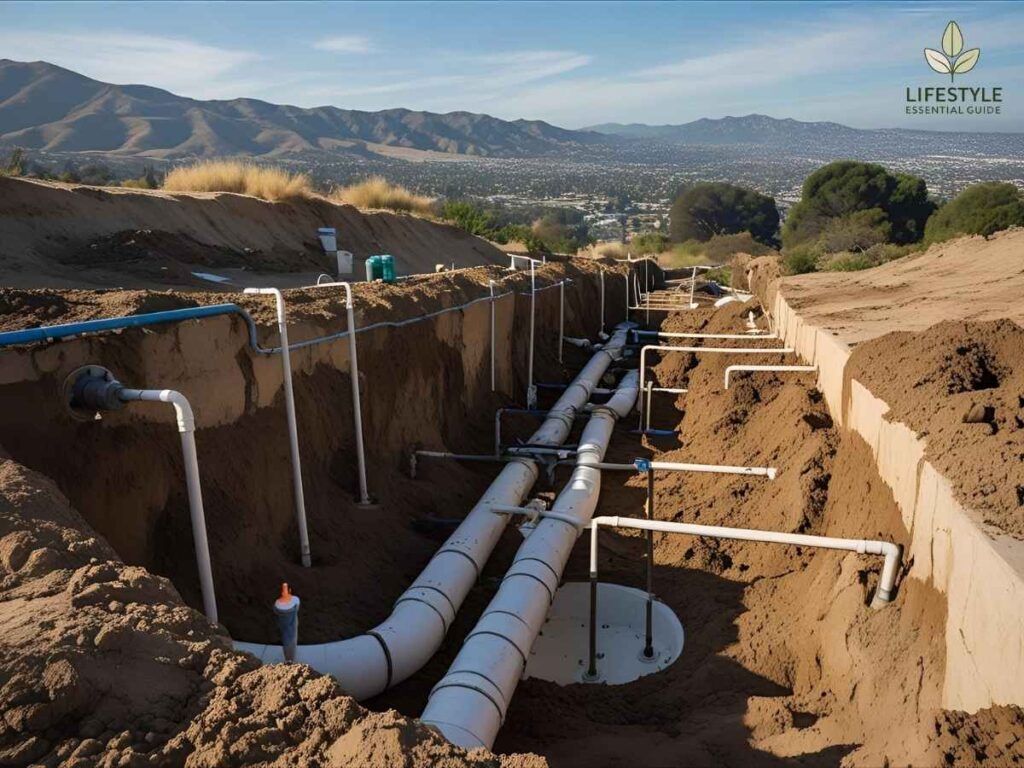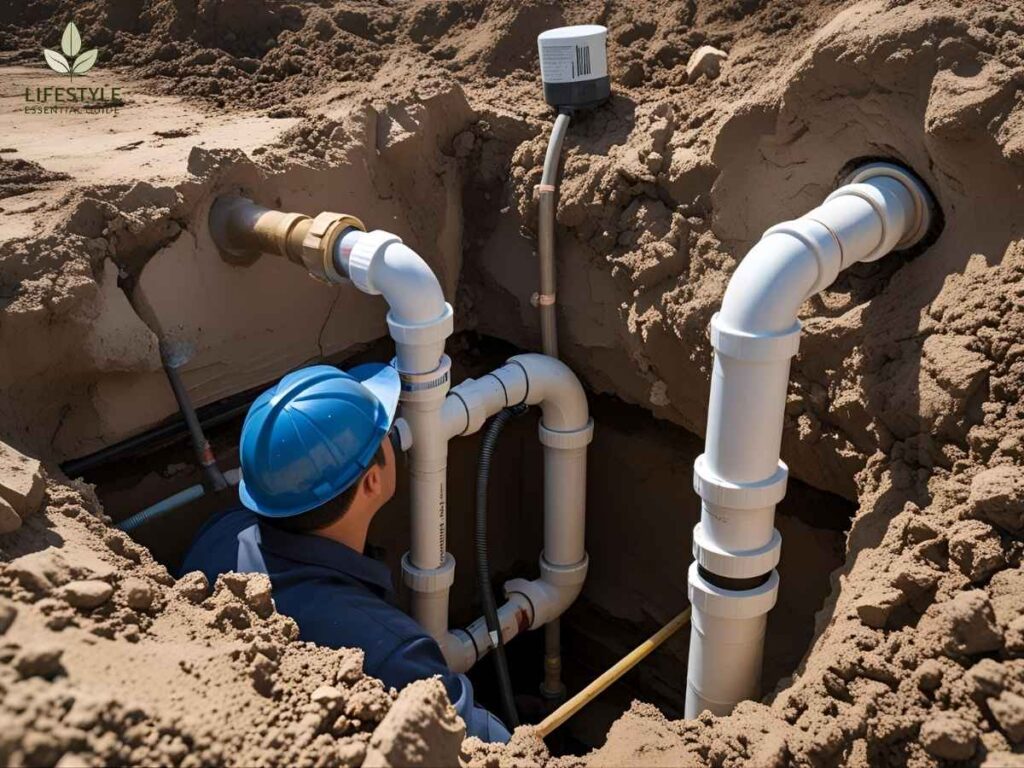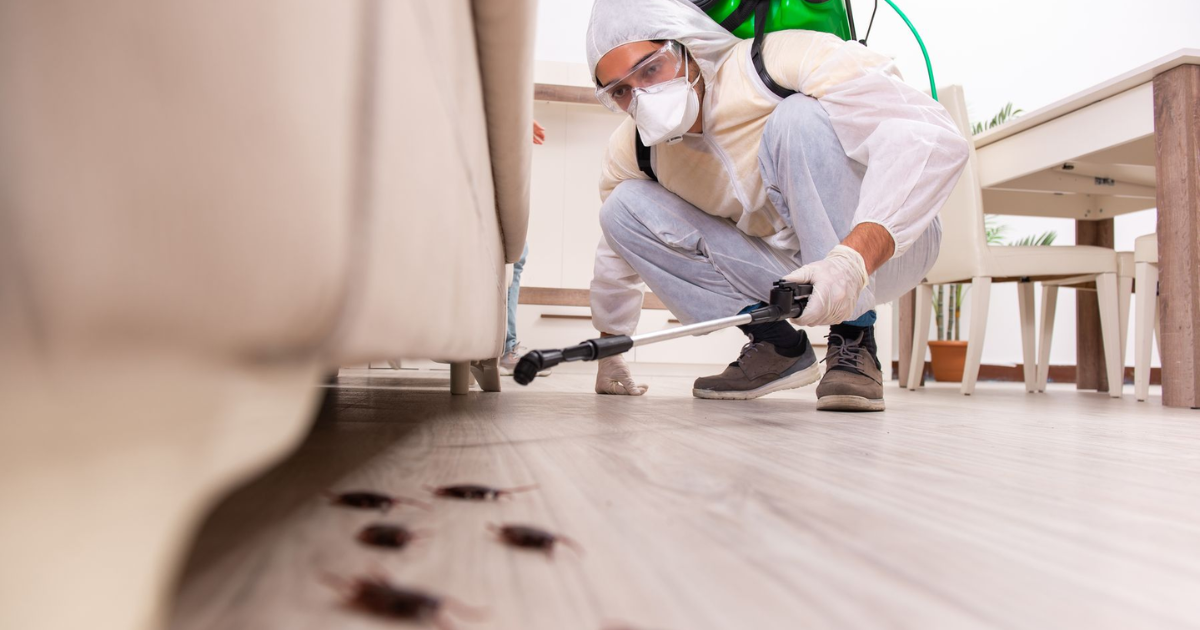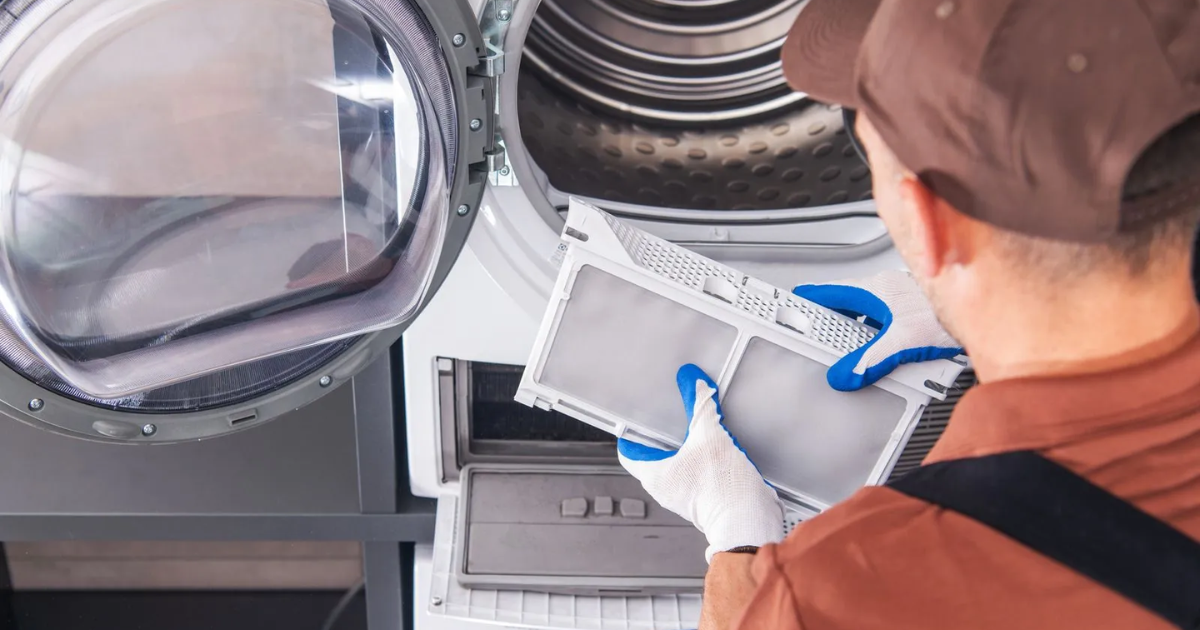In the hilly residential blocks of Potrero Hill—where garden hoses snake around terraced lawns and backyard renovations never seem to end—Los Angeles homeowners are uniquely familiar with plumbing headaches. Clay soil runs thick through neighborhoods like Potrero Hill, Echo Park, Highland Park, and Silver Lake, making local plumbing a science unto itself. The question isn’t just “How do I fix my pipes?” but “How do I protect them from the ground literally moving beneath my house?” For Angelenos, learning how clay soil works and how expert plumbers navigate its quirks can be the difference between seamless drainage and expensive water damage repair.
Table of Contents
Understanding Clay Soil in Los Angeles: Challenges and Climate

Clay soil blankets many neighborhoods in Los Angeles, from the terraced streets of Potrero Hill (ZIP codes 90013, 90012) to the historic corridors of Highland Park and Echo Park. What sets clay apart? Its microscopic particles pack tightly, trapping water, swelling significantly in the wet winter months, then shrinking during LA’s dry, sun-soaked summers. This so-called “shrink-swell” behavior can:
- Crack and shift underground plumbing with surprising force
- Cause poor yard and foundation drainage, leading to moisture problems
- Trigger slab leaks and encourage roots to seek water from pipes
- Increase seasonal damage to older pipes common in LA’s vintage homes
Local utility maps and climate data from the Los Angeles Department of Water and Power (LADWP) show Potrero Hill receives between 15–20 inches of annual rainfall, most of it concentrated during cooler months. Combined with aging infrastructure and landscape sloping, clay soil amplifies the risk for pipe breaks, leaks, and foundation shifts.
Strategies for Plumbing Success: Local Solutions That Work
1. Advanced Drainage Systems and French Drains
French drains—gravel-filled trenches containing perforated piping—are an LA favorite for keeping water away from structures. In Potrero Hill, a homeowner on Kentucky Street installed a combination French drain and rain garden. The system channeled runoff from clay-rich slopes into a lush basin of native California fescue and manzanita, designed by a certified landscape plumber. After two winter storms, the difference was clear: no basement leaks, happier plants, and better curb appeal.
2. Soil Amending and Smart Landscaping
Clay holds nutrients, but permeability improves dramatically with regular compost and mulch. Potrero Hill residents often team up with landscape architects to mix organic matter, aerating their ground for healthier plants and less flooding. Strategically designed dry creek beds and shallow stone trenches guide excess water from clay-heavy spots, reducing reliance on traditional plumbing and keeping local ecosystems vibrant—especially around local green spaces.
3. Flexible Plumbing Materials and Modern Techniques
Old cast-iron or galvanized pipes can’t withstand LA’s active clay. Today, plumbers prefer PEX tubing and high-density polyethylene (HDPE) pipes, which flex with the soil. In Highland Park, a local plumber replaced a series of brittle pipes under a craftsman bungalow with HDPE. The result was fewer emergency calls, lower maintenance costs, and improved property value.
4. Routine Maintenance and Root Management
Clay soil’s moisture and density attract tree roots with uncanny persistence. Preventive hydro-jetting—powerful water scouring inside pipes—along with cured-in-place pipe lining (CIPP), have become standard annual maintenance steps for many LA homes. Sewer inspections using smart cameras help homeowners catch looming problems and keep insurance premiums in check.
Real-World Los Angeles Case Studies
Echo Park (ZIP 90026):
A musician’s bungalow near Dodger Stadium experienced constant basement flooding. By working with a local team, they installed a French drain that emptied into a stormwater-approved rain garden. Partnering with LADWP for a drainage permit ensured the project complied with city code, and after two years, the recurring water issues stopped entirely.
Highland Park (ZIP 90042):
An artist living in a 1920s home noticed sewer odors and cracked tiles—classic signs of slab leaks. The plumbing team offered trenchless pipe replacement using flexible HDPE. The upgrade reduced repairs, protected the home during earthquakes, and increased the resale value.
Silver Lake (ZIP 90039):
A family reported sewer backups after city trees sent roots toward their pipes. Their plumber used hydro-jetting and installed physical root barriers around main lines. They now schedule annual inspections, catching water infiltration early and preventing expensive cleanups.
Top 3 Local Plumbing Service Providers for Clay Soil in Los Angeles
1. Rapid Plumbing (Inglewood, CA)
Local favorite since 1987, Rapid Plumbing tackles clay soil plumbing challenges with video pipe inspections, hydro-jetting, and slab leak detection. They offer free home evaluations and urgent same-day repairs. Rapid Plumbing
2. Sewer Man Rooter Plumbing (North Hollywood, LA)
Specialists in tree root and clay soil issues, Sewer Man Rooter serves from Hollywood Hills to Potrero Hill, offering trenchless repairs and drain cleaning. Sewer Man LA

3. Orange Coast Plumbing (Santa Ana, serving LA)
Experts in clay soil plumbing, Orange Coast Plumbing uses high-tech solutions: trenchless pipe lining, emergency leak fixes, and eco-friendly hydro-jetting. Orange Coast Plumbing
Local Permitting, Drainage & Utility Resources
Before altering your drainage or plumbing system, check with local departments for guidance and required permits:
- Los Angeles Department of Water and Power (LADWP): Water conservation, storm drain info, local plumbing programs (ladwp.com)
- Los Angeles County Department of Public Works: Drainage codes, standards for home modifications, public engineering (dpw.lacounty.gov)
- Los Angeles Department of Building and Safety (LADBS): Building permits, plumbing approvals, home safety resources (ladbs.org)
Frequently Asked Questions: Potrero Hill Plumbing and Clay Soil
How does clay soil impact plumbing systems in Potrero Hill and nearby LA neighborhoods?
Clay soil expands with moisture and contracts when dry, stressing pipes underground, increasing risks for leaks and bursts.
Do I need a permit to upgrade drainage or plumbing in Los Angeles?
Yes. Most significant plumbing changes—including French drain or pipe replacement—require approval from LADBS for safety and code compliance.
Can landscaping help prevent clay soil plumbing problems?
Definitely! Amended soil, drought-resistant plants, and rain gardens control water flow naturally and lighten pressure on home plumbing.
What are the best pipe materials for clay soil?
Flexible PEX and HDPE pipes are recommended for their durability and ability to withstand soil movement in LA’s climate.
How can I keep roots from invading my pipes?
Annual hydro-jetting, installing root barriers, and pipe lining discourage root entry and keep your system flowing in clay-heavy zones.


